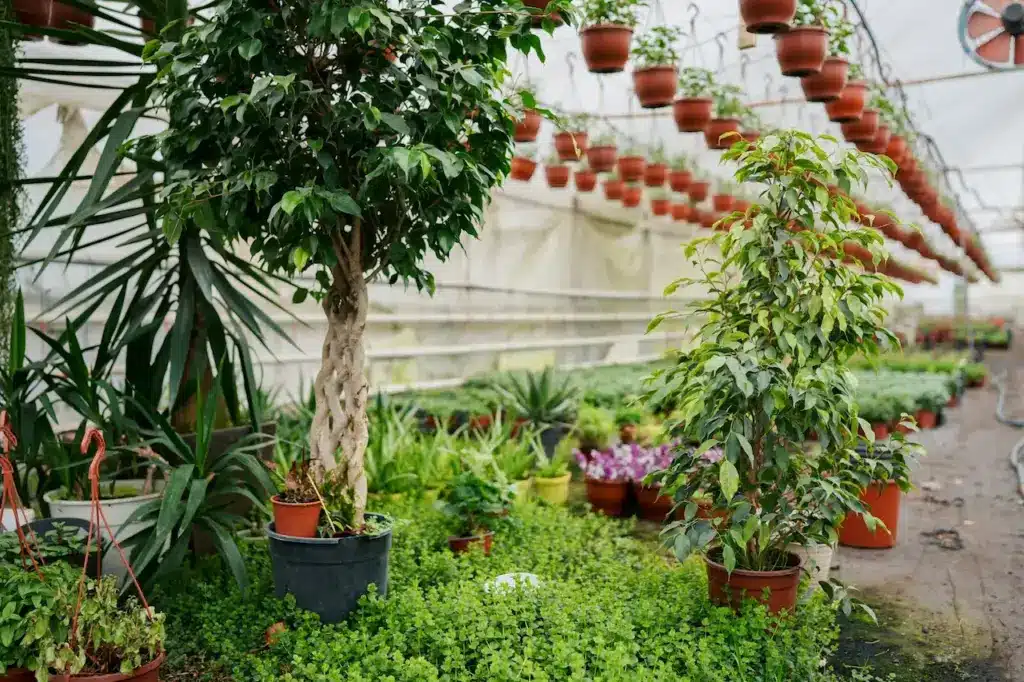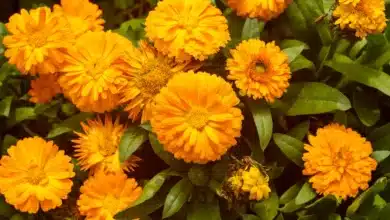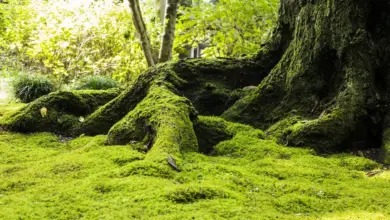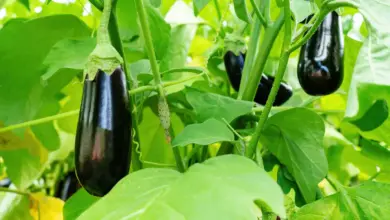Great Shrubs for Busy Gardeners
Let’s be honest; few of us want to spend all our free time working in the garden no matter how much we enjoy being outside. I’m never asked to design a ‘high maintenance garden’, nor asked for recommendations of plants that need endless pampering or pruning. Most homeowners request low maintenance, easy care, and drought tolerant palette that looks good year-round; a tall order but not impossible.
My starting point is to focus on building a framework of shrubs that have outstanding foliage, are suited to the soil, water, and light conditions, and need minimal trimming, feeding, or fussing. I will typically use a ratio of 2:1 evergreen: deciduous to get a balance of seasonal interest, color, and texture and I will often seek out dwarf cultivars of traditional favorites such as Virginia sweetspire (Itea virginica) as they are less likely to outgrow their allotted space in smaller gardens.
A colorful combination of evergreen conifers and deciduous shrubs in my own garden provides stunning foliage and seasonal flowers. These are all low maintenance, drought tolerant, AND deer resistant!
Traits to look for
Fabulous foliage
Disease resistance
Little or no pruning needed
Doesn’t outgrow its allotted space
Suited to your light, water, and soil conditions
I recently shared with you some of my favorite ‘go-to’ conifers so this post will focus on broadleaf shrubs.
Heavenly bamboo (Nandina domestica varieties)
Unlike the better-known canes of true bamboo, this evergreen shrub is well-behaved and is of no interest to your pet panda.
Gulf Stream heavenly bamboo frames a rustic pot to create a simple focal point. Tan residence, Seattle, WA
With outstanding foliage in shades of green, red, coral, orange, lime, and/or gold, white summer flowers, and clusters of red winter berries plus the ability to grow in full sun or partial shade, this immediately meets my criteria for seasonal interest and bold color.
However, not all named varieties are equally beautiful or easy to care for in my experience. The species (i.e. not a named variety but just listed as Nandina domestica) tends to be leggy, with unattractive bare knees and spindly top growth that needs pruning in an attempt to create a fuller, bushier shrub. Far better to choose a named variety such as Gulf Stream whose reliable 3′ x 3′ cushion-type shape never exposes its ankles let alone knees. Moon Bay is also excellent in this regard if slightly larger.
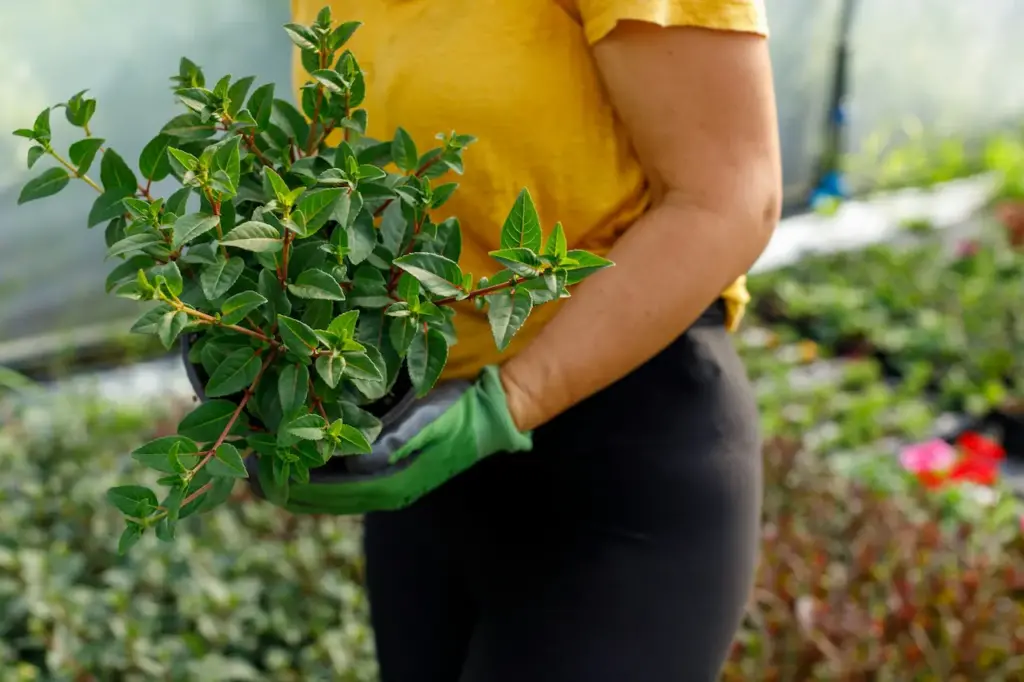
Firepower heavenly bamboo in its winter color, used in a container
If you prefer a slightly bolder leaf consider FirePower which still has more of a ground-hugging habit. Where a more upright form is needed I have found Moyer’s Red to be one of the best and use it in container designs for height, layering lower plants in front. For the more color adventurous among you check out the exciting varieties of Nandina in the Sunset Western Garden Collection including Lemon Lime which is perfect for those who prefer not to have red foliage.
No pruning necessary, drought tolerant once established, and easy to care for.
Little Henry Virginia sweetspire (Itea virginica ‘Little Henry’)
Fall foliage on Little Henry
This unassuming deciduous shrub deserves a place in your garden in partial shade or full sun. Far from being fussy, Virginia sweetspire will thrive in sticky wet clay yet is drought tolerant once established, needs no pruning, and is typically ignored by deer (although they may do a quick taste test).
Little Henry grows just 2-3′ tall and wide, spreading by suckering but not to the point of being invasive. In spring the mound of bright green foliage is transformed by the abundant racemes of pendulous white flowers. These are lightly fragrant and attract bees and butterflies.
The fall color is a fiery red and the leaves may stay on the shrub for much of the winter if the weather is mild.
I have used this as a low hedge flanking a path, as an alternative to hydrangeas for foundation planting where deer are a problem, or in my own garden on seasonal stream banks to help stabilize the slope. Here they thrive in the terrible clay soil that is alternately seasonally saturated or dry as a bone.
Wintercreeper (Euonymus fortunei)
Super busy and thrifty? Then you’ll like these!
Wintercreeper offers a colorful, evergreen option for full sun or partial shade. Give it an occasional chop to keep it low or allow it to scramble and meander informally for additional height. Wintercreeper can usually be found both in a gallon (6″) and 4″ pot and is one of the cheapest shrubs you’ll find, often costing as little as $3 for the 4″ size.
Emerald ‘n’ Gold adds an attractive evergreen border to a profusion of summer flowering perennials. Design by Karen Steeb, Woodinville, WA
The two most popular varieties are the gold/green ‘Emerald ‘n’ Gold’ and the green/white variegated ‘Emerald Gaiety’. Both take on a rosy hue in cold weather.
Emerald ‘n’ Gold shown above is a cheap substitute for Kaleidoscope abelia and is more reliably evergreen in my garden.
Try the green and white variegated Emerald Gaiety to edge the border of your favorite PG hydrangeas such as Quick Fire or Firelight. The large white panicles of these hydrangeas take on a rosy blush as the season progresses making this a really stunning and easy combination for the garden or large container.
Tough, cheap, healthy, and easy to find in the nurseries.
Fine Line buckthorn (Rhamnus frangula ‘Fine Line’)
The tall feathery foliage on the far right is a Fine Line buckthorn; in great contrast with bolder, spikier forms. Design by Loree Bohl, Portland, OR.
A feathery, vertical accent that is easy to care for and deer resistant. Buckthorn is incredibly versatile and will take full sun or part shade, wet soil, or dry.
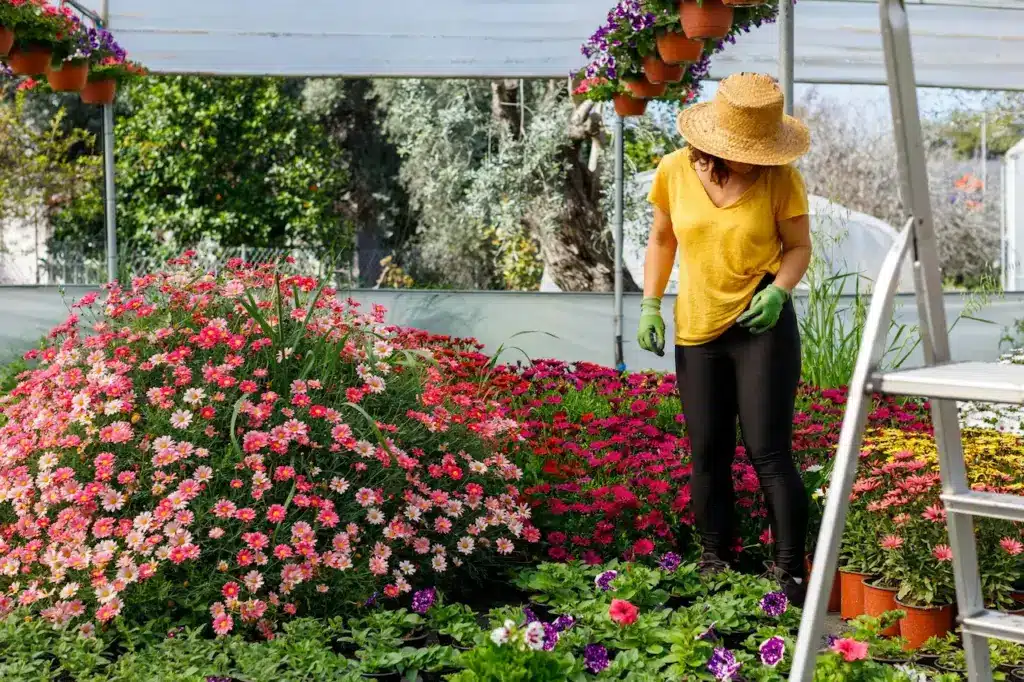
In autumn the rich green leaves of Fine Line turn golden yellow, falling to reveal the spotted stems that continue to add winter interest to the garden or container.
This non-invasive deciduous shrub can be used as an exclamation point in the border, as a hedge, or for seasonal screening as it will grow to 5′ tall but just 2-3′ wide. If errant branch flops just chop it off; no fancy pruning is needed.
Northern Bush honeysuckle (Diervilla lonicera)
I discovered this quite by accident when the bronze foliage caught my eye as I scanned the nursery displays one spring. On closer inspection, I realized that I had had one of these bushes in my garden all along but didn’t know what it was! The northern bush honeysuckle is native to most of the NE United States and Canada but appears to be a relative newcomer to western gardens. The best foliage color is in full sun but this will also take part shade (where my original shrub was lurking).

